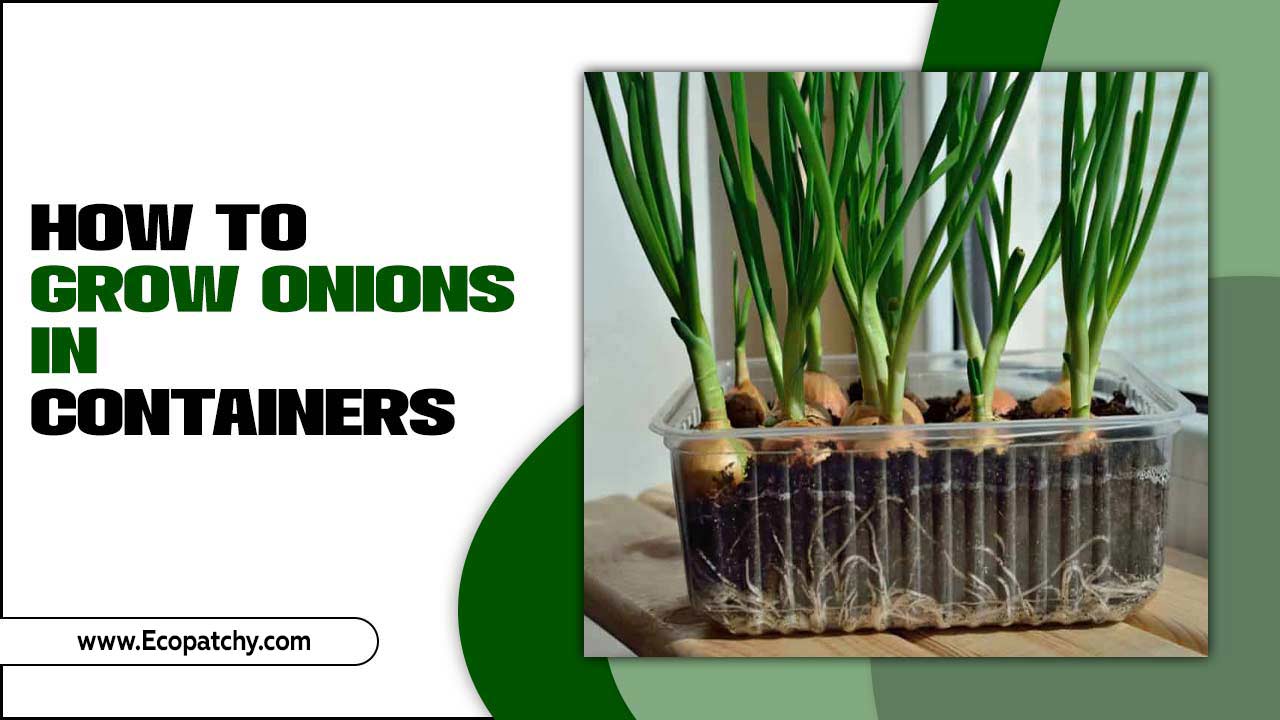Have you ever seen a cat curled up outside during winter? It’s cute, but it can be dangerous. Outdoor cats need warm shelters to stay safe from the cold. Creating a warm shelter for outdoor cats can be simple and fun. You don’t need fancy tools or supplies.
Did you know that cats prefer warm spaces? They want to feel cozy, just like we do. Imagine helping them find comfort during chilly nights. Wouldn’t it feel great to know you’ve made a difference in their lives?
In this article, we’ll explore easy ways to make a warm shelter for outdoor cats. Whether you have one cat or many, there are solutions for everyone. Let’s begin this fun journey of caring for our furry friends!
How To Make Warm Shelter For Outdoor Cats This Winter

How to Make Warm Shelter for Outdoor Cats
Providing a cozy shelter for outdoor cats is vital. Cats need warmth during cold months. You can easily create an inviting space with simple materials. Start with a sturdy, insulated box. Make sure it’s raised off the ground to avoid moisture. Adding straw inside helps keep them warm. After it snows, did you know that cats can still find a dry spot? Learn how to make this safe haven to protect your furry friends!Understanding the Needs of Outdoor Cats
Factors affecting outdoor cat health in colder months. Importance of providing shelter to reduce risks.Outdoor cats face many challenges in colder months. The low temperatures can harm their health. They need warm places to stay safe. Without shelter, they may get sick or even die from the cold. Providing a cozy retreat can help protect them from the harsh weather.
- Protection from cold: Cats can suffer from hypothermia.
- Safety from predators: Shelter keeps them hidden and safe.
- Comfort: A warm place offers rest and recovery.
Remember, a simple shelter can save a life!
Why should I provide shelter for outdoor cats?
Providing shelter helps keep outdoor cats warm and safe from illness.
Essential Materials for Building Cat Shelters
Recommended insulation materials for warmth. Waterproofing options to protect against rain and snow.Building a cozy cat shelter requires some smart choices in materials. For insulation, you can use materials like foam board or straw. These keep your feline friends warm during chilly nights. Just imagine a cat in a straw hammock—now that’s a sight! Next, let’s chat about keeping them dry. Use durable plastic or wood for walls and add a waterproof roof. This way, rain and snow can’t crash the party! Here’s a handy table to sum it up:
| Material | Purpose |
|---|---|
| Foam Board | Great insulation |
| Straw | Natural warmth |
| Plastic | Waterproof covering |
| Wood | Strong shelter walls |
With these materials, your outdoor cats will feel like royalty, even when the weather acts like a drama queen!
Step-by-Step Guide to Building a Simple Cat Shelter
Tools needed for construction. Detailed instructions for assembling the shelter.Gather your tools before you start building this cozy cat haven. You will need a saw, screws, a drill, and plywood. Grab insulation materials like foam boards, too! Now, let’s build this shelter step by step. Begin by cutting your plywood into six equal pieces for walls, a floor, and a roof. Assemble the walls first, creating a square box. Remember, no cat likes a chilly breeze! Add insulation to keep your furry friend warm. Finish it up with a snug roof, and voilà, you have a cat fortress! Don’t forget to decorate it; even cats love a stylish home!
| Tool | Purpose |
|---|---|
| Saw | Cut plywood to size |
| Drill | Assemble the parts |
| Screws | Hold everything together |
| Insulation materials | Keep the shelter warm |
Design Options for Cat Shelters
Comparison of different shelter styles (e.g., box, igloo, etc.). Pros and cons of each design type for climate considerations.There are many fun ways to build a cozy home for your furry friends! One option is the classic box style. It’s easy to make and great for simple warmth. The downside? It might not hold up in strong winds. Another choice is the igloo design. This style keeps cats snug and dry, perfect for snowy areas. But watch out! It can get a bit too warm in summer. Choosing the right type of shelter depends on your weather. Here’s a quick comparison:
| Design Type | Pros | Cons |
|---|---|---|
| Box | Easy to build | Not wind-resistant |
| Igloo | Great insulation | Warm in summer |
Remember, whichever design you choose, the most important thing is to keep the kitties happy and warm. After all, a happy cat is a purring cat, and who wouldn’t want to hear that lovely sound?
Location Matters: Where to Place the Shelter
Ideal locations to maximize warmth and safety. Tips for providing privacy and reducing noise distractions.Finding the right spot for your cat shelter is key. Choose a place away from wind and rain. Look for areas near bushes or trees for natural protection. This helps keep cats warm and safe. Make sure it’s quiet too. Loud noises can scare them away. A calm spot lets them relax.
- Keep it out of direct sunlight in summer.
- Place it near your home for easy access.
- Avoid busy streets to reduce noise.
- Put soft bedding inside for comfort.
Where is the best place to put a cat shelter?
The best place for a cat shelter is near trees or thick bushes. These natural barriers protect against wind. They also give your cats a cozy, safe space.
Maintaining the Shelter for Longevity and Comfort
Regular upkeep and cleaning tips to ensure shelter remains habitable. Seasonal adjustments to improve warmth during extreme weather.To keep your cat’s shelter cozy and safe, regular maintenance is key. Clean it weekly to keep out dirt and bugs. A clean shelter is a happy shelter! Add fresh bedding, like straw, to keep things snuggly. During harsh winters, use extra insulation to trap warmth. In hot summers, ensure good ventilation to prevent heat. Remember, your feline friend deserves the best home—even if it’s outside. Here’s a handy table for quick tips:
| Season | Maintenance Tips |
|---|---|
| Winter | Add insulation and check for drafts. |
| Summer | Ensure proper air flow and shade. |
| All Year | Clean regularly and change bedding. |
By following these tips, your cat will have a happy and snug shelter all year round!
Alternatives and Add-ons for Improved Comfort
Options for heating the shelter (e.g., heated pads, insulated beds). Additional features to enhance the shelter experience for cats.To keep outdoor cats cozy, consider some special upgrades for their shelter. Heated pads can provide warmth, while insulated beds keep the chill away. You can also add fun features for added comfort. Cats love spaces to hide and relax. A small tunnel or soft blankets can make the shelter feel more inviting. Here are a few options:
- Heated pads for warmth during cold nights.
- Insulated beds to trap heat and provide comfort.
- Soft blankets for extra snuggle space.
- Safe hiding spots to help them feel secure.
What are good options for heating the shelter?
Good heating options include heated pads and insulated beds. They keep cats warm and comfy.Recognizing Signs of Cold Stress in Cats
Behavioral indicators that a cat may be too cold. Steps to take when a cat shows signs of distress.Cats show clear signs when they feel too cold. They may curl up tightly, shiver, or seek warmth. A cat might also meow more than usual or hide under objects. These behaviors indicate they need help. If you notice these signs, it’s time to act. Here’s what you can do:
- Bring the cat indoors if possible.
- Provide blankets or a warm bed.
- Check for any injuries or illness.
- Ensure they have food and water available.
What are signs that a cat is too cold?
Look for behaviors like shivering or hiding. Cats might meow excessively or seem restless. If you see this, they are likely feeling cold.
Conclusion
In conclusion, making warm shelters for outdoor cats is important for their safety. You can use materials like wood, straw, and insulated boxes. Remember, proper ventilation and a elevated base help keep cats dry and cozy. You can build one yourself or find tips online. Let’s take care of our furry friends this winter!FAQs
What Materials Are Best For Constructing A Warm Shelter For Outdoor Cats?For a warm shelter for outdoor cats, you can use wood, plastic, or straw. Wood helps keep the shelter sturdy and warm. Plastic is great because it’s waterproof and easy to clean. Straw is good for bedding since it keeps kitties cozy. Make sure to add a door to stop the wind!
How Can I Insulate A Cat Shelter To Protect It From Cold Weather?To insulate a cat shelter, you can use materials like straw or hay. Place them inside the shelter for warmth. You can also cover the outside with foam or thick blankets. Make sure the entrance is small to keep out the cold wind. Don’t forget to check it often to ensure it’s dry and safe!
What Size Should A Cat Shelter Be To Ensure Comfort And Warmth For Multiple Cats?A cat shelter for multiple cats should be big enough for them to move around freely. Each cat needs about 2 to 4 square feet of space. If you have three cats, the shelter should be at least 6 to 12 square feet. It’s also important to have cozy spots for them to snuggle together to stay warm. Make sure there’s good insulation to keep them comfy!
How Can I Make Sure The Shelter Is Safe From Predators While Still Being Accessible For The Cats?To keep the shelter safe from predators, make sure it has strong walls and a secure roof. You can use fences that are tall and buried deep in the ground. Add small holes or openings that only cats can fit through. This way, they can come and go, but predators can’t get in. Regularly check the shelter for any weak spots or damage.
What Additional Features Can I Include In The Shelter To Enhance The Warmth And Comfort For Outdoor Cats?To make the shelter warmer and cozier for outdoor cats, you can add a soft bed or blanket inside. Use straw or hay for extra insulation. Make sure the entrance is small to keep cold air out. You can also put a flap over the door to block the wind. Finally, placing the shelter off the ground helps keep it dry and warm.








